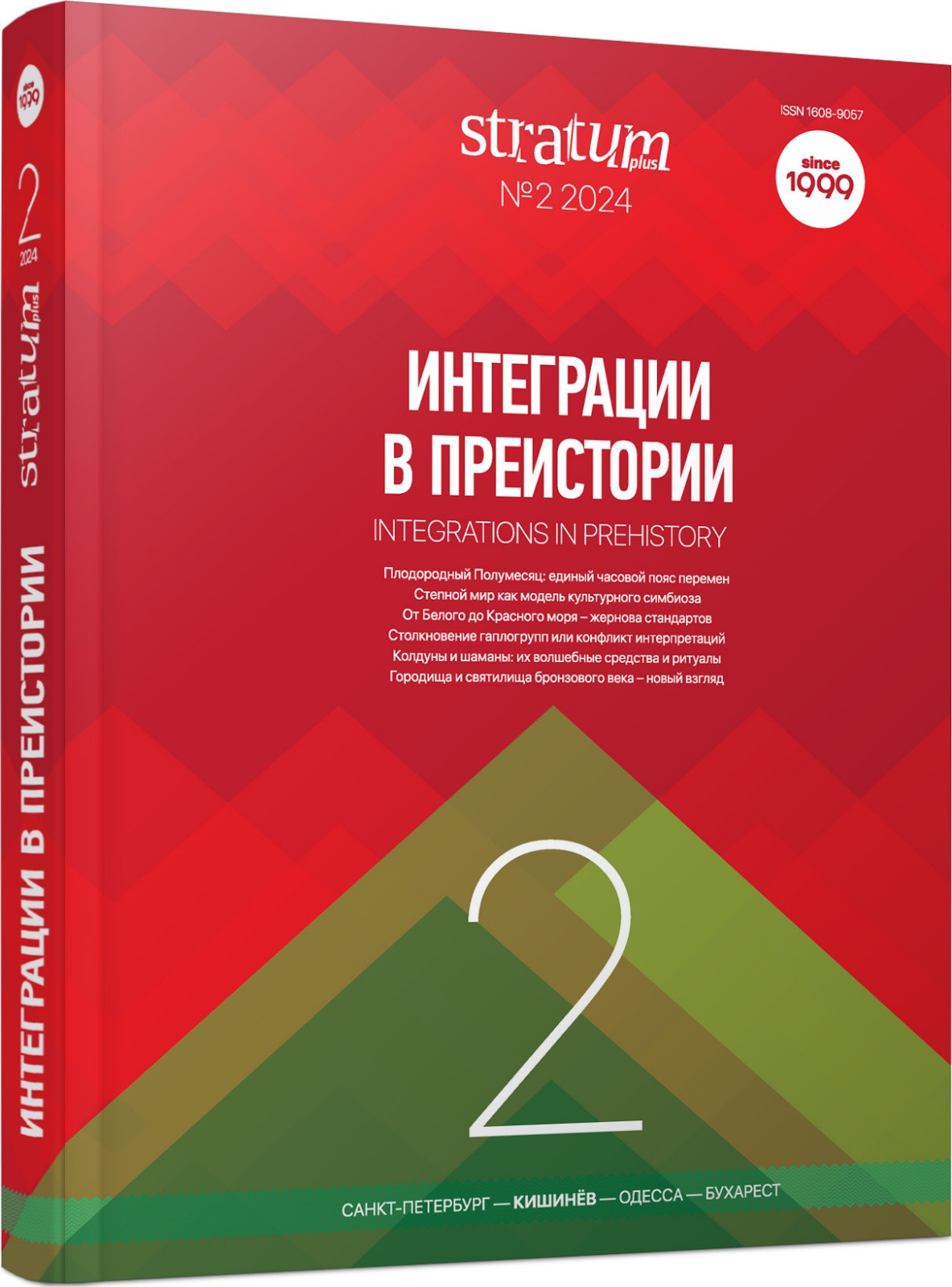Топор в ритуальной практике раннего энеолита Восточной Европы: истоки традиции
The Axe in the Ritual Practice of the Early Eneolithic of Eastern Europe: the Origins of the Tradition
Author(s): Igor V. ManzuraSubject(s): History, Archaeology, History of ideas, Prehistory
Published by: Издательский дом Stratum, Университет «Высшая антропологическая школа»
Keywords: Eastern Europe; Balkans; steppe zone; early Eneolithic; ritual practice; hoards; burial rite; jadeite axes; flint axes
Summary/Abstract: The article discusses the problem of changes in ritual practice in the steppe zone of Eastern Europe in the 5th millennium BC. One of the reflections of these transformations is flint and stone axes with an arch-shaped butt, which are often found in the ritual sphere in the form of hoards and funerary offerings. In terms of their morphological features, size and thoroughness of workmanship these items correspond to jadeite axes of the Varna type, which were widespread in the territory of South-Eastern Europe in the Eneolithic and were part of the most prestigious items of funerary inventory. Jadeite axes of this type could be considered as a prototype for the original flint axes of the steppe Eneolithic. Their appearance in the steppe territories should be regarded as part of the significant influence of the early farming cultures of the Carpathian-Balkan circle on the steppe groups in the technological and ideological spheres.
Journal: Stratum plus. Археология и культурная антропология
- Issue Year: 2024
- Issue No: 2
- Page Range: 193-203
- Page Count: 11
- Language: Russian
- Content File-PDF

